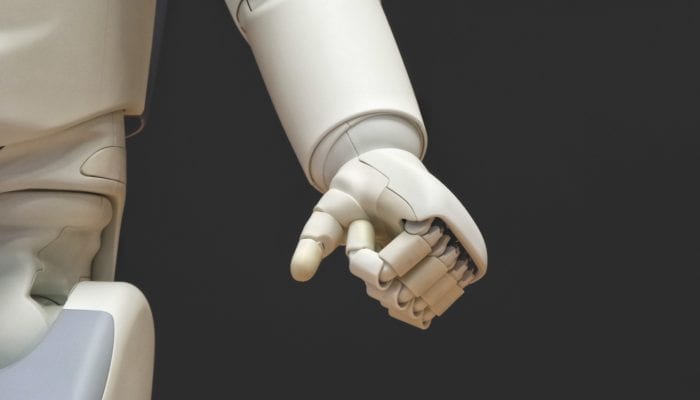Startups and sustainable solutions come in all shapes and sizes, but almost regardless of their form, for them to be successful they have to interact with their users successfully, and that is no easy thing. Most of us have probably held a TV-remote in our hand with no clue what half of the buttons were good for or visited a website that seemed more like a labyrinth than anything else. You probably weren’t happy with your remote and you probably didn’t visit the website ever again.
Successful user interaction is an art form and has its basis in the balance between good UX (user experience) and good UI (user interface) design. But what are these really and how do you find the perfect balance between them? UX wizard and artist Paulo Ferreira has some tips and tricks to share. But first, let’s take a closer look at the differences between UX and UI.
The user interface is basically the medium through which the user interacts with the application. If we return to the TV-remote, then the remote in itself is the user interface. An interface can be beautiful or ugly, depending on the quality of the UI design.
The user experience, on the other hand, is how the user interacts with the application. On most TV-remotes, the user interacts by means of buttons, but inventions such as Alexa or Siri has also made it possible to interact with the television with your voice. UX design thus focuses on the functionality – how effortlessly and intuitively is the interaction? Find out more about the difference between these two in the article from Design Hire.
In order to find a balance between these two – a good product or service is never only beautiful or only functional – Paulo recommends the following:
- start with the functionality: It is much easier to add beauty to something functional than to add functionality to something beautiful.
- keep it simple ( and stupid): Less is more, also in terms of UX design. Simplicity often improves the user experience. Your design should never need long explanations in order to make sense. If it does, then: Back to the drawing board!
- get to know your users: beauty and functionality can be quite subjective, and unless you know the needs and technological skills of your users, you won’t be able to design successfully.
- consider WHY, HOW, WHAT: You have to know why you are designing it, how you are going to deliver the end product, and what the user will be getting at the end. This will help your design process.
Design is always about practicing, trying out and learning from the experience. Daring to learn is a key value of Moonshot Pirates, and if you want to go deeper in UX design, Paulo recommends the following websites:
- dribbble.com: here you can see the works of other designers to get inspired.
- YouTube: there are so many educational and DIY videos on the topic. Go crazy!
- domestika.org: here you can find different art courses to develop your skills.
Paulo has more design tricks up his sleeve, which he shares in his webinar below. He is also active on Instagram under the name @recreational.ocd, and otherwise stay tuned: Paulo is going to do a follow-up webinar where he goes more into depth with UX design. Follow @moonshotpirates on Instagram to keep in the loop.
About Paulo
Paulo comes from Brazil, but is currently living and working in Vienna as a Creative Director at Braintribe. When he started to work on his first tech-oriented projects, he realized something was missing: a relationship between art and technology. Paulo believes that it is necessary to communicate meaning and functionality, creating a full experience for users (UX design)..


